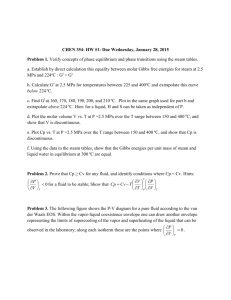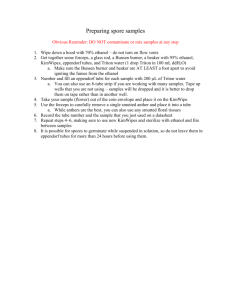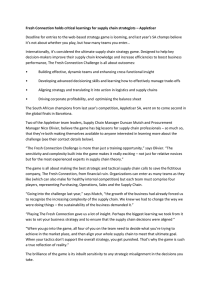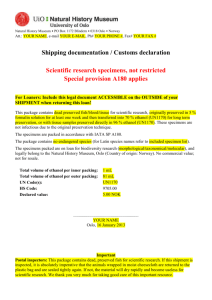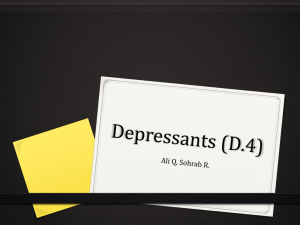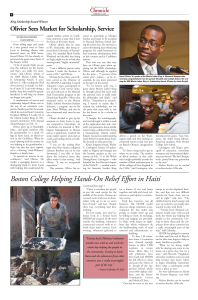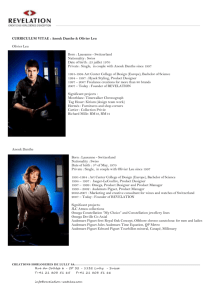Journal of Applied Crystallography
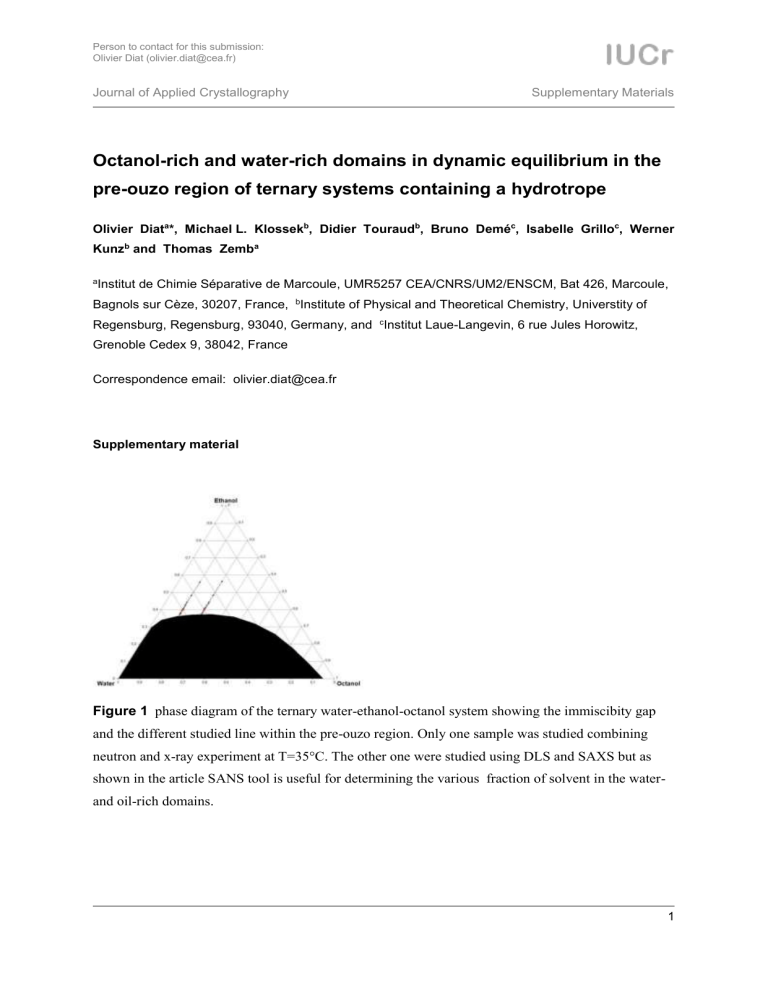
Person to contact for this submission:
Olivier Diat (olivier.diat@cea.fr)
Journal of Applied Crystallography Supplementary Materials
Octanol-rich and water-rich domains in dynamic equilibrium in the pre-ouzo region of ternary systems containing a hydrotrope
Olivier Diat a *, Michael L. Klossek b , Didier Touraud b , Bruno Demé c , Isabelle Grillo c , Werner
Kunz b and Thomas Zemb a a Institut de Chimie Séparative de Marcoule, UMR5257 CEA/CNRS/UM2/ENSCM, Bat 426, Marcoule,
Bagnols sur Cèze, 30207, France, b Institute of Physical and Theoretical Chemistry, Universtity of
Regensburg, Regensburg, 93040, Germany, and c Institut Laue-Langevin, 6 rue Jules Horowitz,
Grenoble Cedex 9, 38042, France
Correspondence email: olivier.diat@cea.fr
Supplementary material
Figure 1 phase diagram of the ternary water-ethanol-octanol system showing the immiscibity gap and the different studied line within the pre-ouzo region. Only one sample was studied combining neutron and x-ray experiment at T=35°C. The other one were studied using DLS and SAXS but as shown in the article SANS tool is useful for determining the various fraction of solvent in the water- and oil-rich domains.
1
Journal of Applied Crystallography research papers
Figure 2 : left) SWAXS spectra on lin-log scale and in absolute units for the binary water (H) / ethanol (E) system varying the fraction of ethanol in water from black to red curve. For pure ethanol til 50/50 (E/H) we can observe two peaks as expected, the inner one characteristic of the OH correlation distance and the outer one characteristic of the carbon groups. right) SWAXS spectra on lin-log scale and in absolute units for the binary ethanol (E)/ octanol (O) system varying the fraction of octanol in ethanol from black to red curve. The 40/60 curves for each binary system are combined to analyse the WAXS part of the ternary system studied in the article.
2





